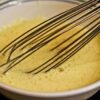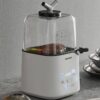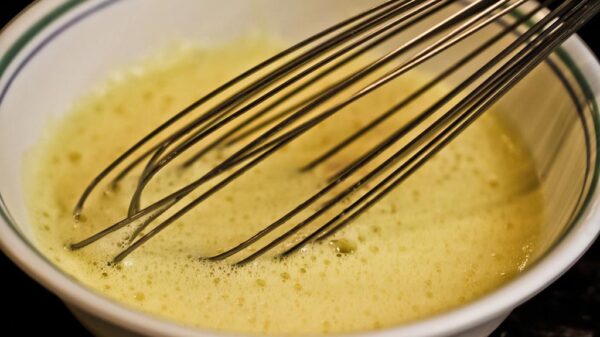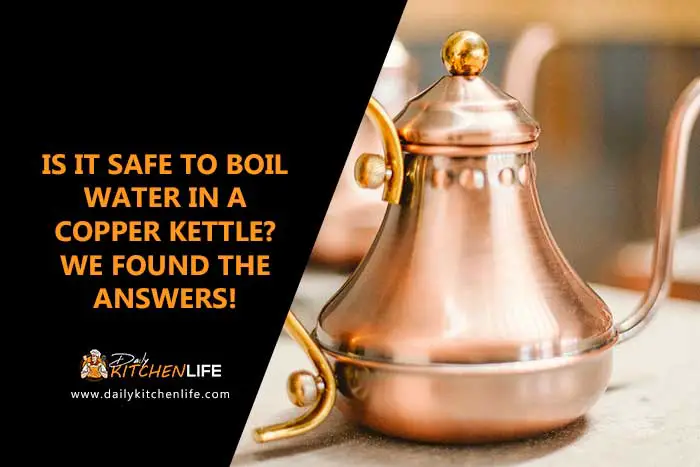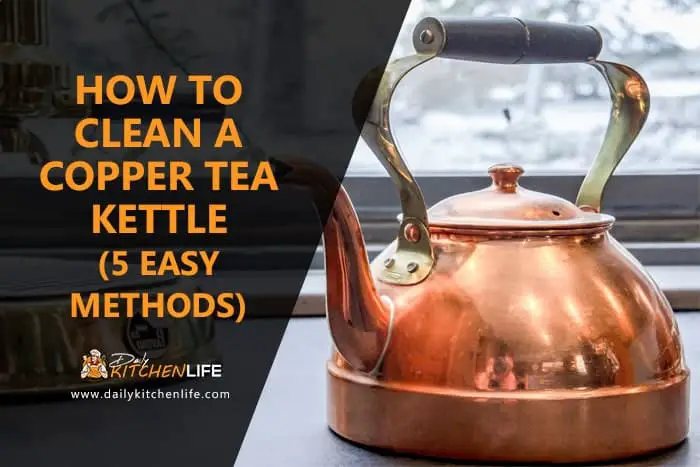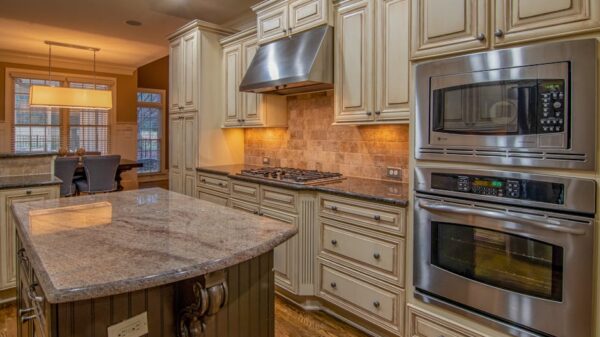Discover the Best Coffee Makers of 2024
When it comes to coffee, it’s not just about the beans. Equally as important to creating your perfect cup of joe, is the machine you use to brew it. Armed with the knowledge of various coffee maker types, brands, and buying considerations—handled with care and skill—you’re an unstoppable force in the pursuit of the perfect brew. This comprehensive guide aims to enlightening you on the ins and outs of coffee makers, from the vast array of available types, insightful brand reviews, crucial factors prior to making your purchase, to the masterful skills in brewing an excellent cup of coffee.
Types of Coffee Makers
Drip Coffee Makers
Drip coffee makers are the most common type of coffee machine used in houses and offices. These machines work by dripping hot water through a filter containing ground coffee. The resulting brew collects in a carafe, usually kept warm on a heated plate. Drip coffee makers are known for their convenience; most models allow users to schedule a brew ahead of time. The advantage of drip coffee makers is their ability to make large amounts of coffee at once, making them an excellent choice for households with multiple coffee drinkers or small offices. However, they do not provide as much control over the brewing process as some other types of coffee makers.
Single-Serve Pod Coffee Makers
Single-serve pod coffee makers brew coffee using pods or capsules filled with ground coffee. These machines became popular due to their fast brewing times, ease of use, and the wide variety of coffee flavors available in pods. These machines pierce the pod and force hot water through to brew a cup. They offer the advantage of no messy coffee grounds to handle. However, the cost of pods can add up over time, and the environmental impact of disposable pods has raised some concerns.
Espresso Machines
Espresso machines brew coffee by forcing a small amount of nearly boiling water under pressure through finely-ground coffee beans. Espresso machines can be simple stovetop models or more complex electric machines with multiple features like milk steamers for lattes and cappuccinos. High-quality espresso machines provide unmatched flavor and richness in every cup. But, these machines are usually more expensive than other types of coffee makers and may require more maintenance.
French Press Coffee Makers
French press coffee makers provide a low-tech, hands-on approach to coffee brewing. Coarsely ground coffee is steeped in hot water for several minutes, then a metal plunger with a fine wire or nylon mesh filter is pressed to separate the grounds from the brewed coffee. French press coffee makers are appreciated for the pure, robust coffee they produce. On the downside, the coffee can turn bitter if left to steep for too long, and some fine grounds might end up in your cup as the filtering isn’t as effective.
Cold Brew Coffee Makers
As the name suggests, cold brew coffee makers are designed to brew coffee with cold or room temperature water over an extended period, usually 12-24 hours. This method results in a smoother, less acidic coffee that’s great served over ice. Cold brew coffee makers are generally easy to use but require advance planning due to the long brewing time. Despite being a simple process, varying the coffee-to-water ratio can affect the strength and flavor of your coffee. Cold brew coffee makers are an excellent choice for people who prefer iced coffee or less acidic brews, but not ideal for those who want a hot cup of coffee quickly.
Identifying the perfect coffee maker can be somewhat of a task as it involves meticulously weighing several factors. These include personal taste preferences, the level of participation one wishes to have in the brewing process, space constraints on your countertop, as well as budget parameters. Another consideration is whether you have a predilection for hot or cold coffee. As with everything else, each available type of coffee maker comes with its unique set of benefits and considerations.
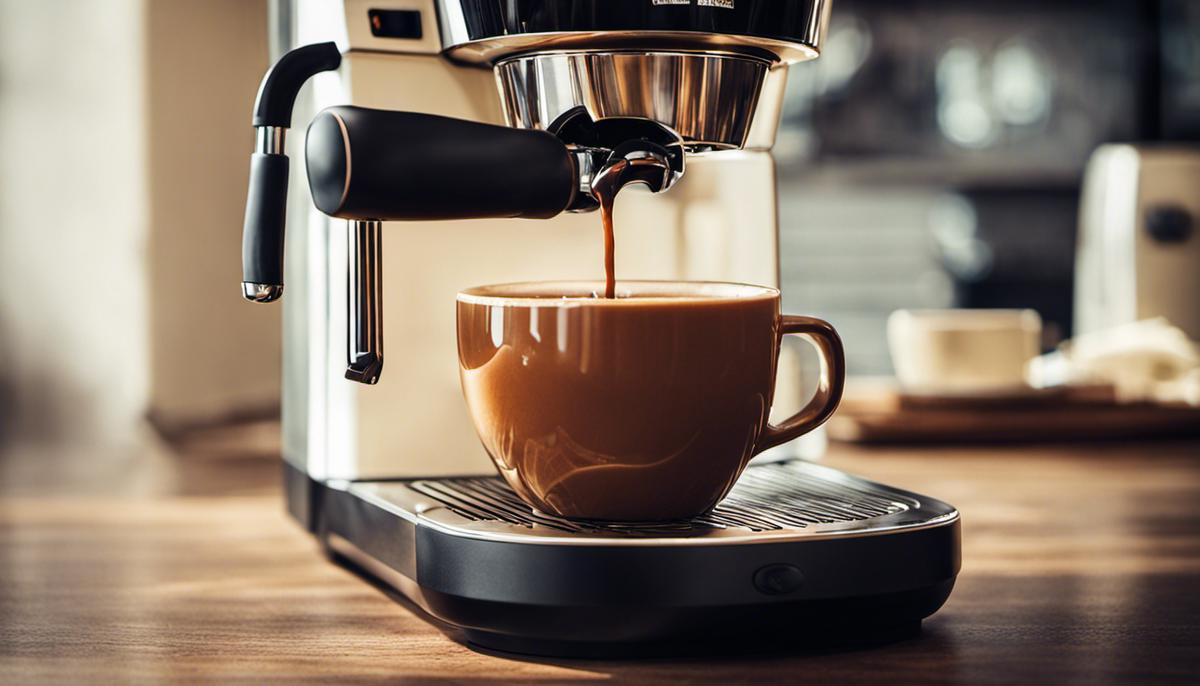
Brand Reviews
Embracing Simplicity and Versatility with Keurig Coffee Makers
When you delve into the realm of top-tier coffee maker brands, you’ll invariably stumble upon Keurig. This brand has risen to prominence due to its focus on simplicity and versatility, crafting models like the Keurig K-Elite and K-Classic that cater to different consumer requirements. What sets Keurig coffee makers apart is their pod system that offers an impressive array of flavors, brands, and beverage types. These machines win hearts with their lightning fast brewing times – typically under a minute – and their relatively low-key maintenance requirements compared with conventional drip coffee machines. However, do keep in mind that the expense of coffee pods can add up over time, especially when compared to traditional ground coffee.
BUNN: Reliable Performance
BUNN offers high-quality coffee makers, renowned for their speed and reliability. Their models include the BUNN GRB Velocity Brew and the BUNN BX/B BT Velocity Brew. Known for their industrial strength, BUNN coffee makers can brew a full pot of coffee in about three minutes. While BUNN’s products typically work well with any type of coffee grounds, it’s worth noting that their machines may occupy more counter space due to their larger size.
Cuisinart: Blend of Style and Functionality
Cuisinart, a brand known for its kitchen appliances, also excels in making coffee makers. Its lines include the Cuisinart DCC-3200P1 Perfectemp and the Cuisinart DGB-900BC Grind & Brew, which are noted for their metal finish, digital display, and varying strength options. Aside from standard coffee makers, the brand also offers a few espresso makers and coffee grinders. While Cuisinart’s models are higher priced than others, they offer various features and settings worth the investment.
Hamilton Beach: Affordable and Easy to Use
Hamilton Beach is ideal for individuals on a budget without compromising the quality of their brew. Models like Hamilton Beach 2-Way Brewer and Hamilton Beach Flexbrew are known for their affordability, practicality, and capability to make both single-cup and full-pot brews. Its user-friendly interface and easy-to-clean system make it an excellent choice for first-time coffee machine buyers.
Ninja: Innovation and Versatility
Ninja offers coffee makers with innovative features. With models like the Ninja Specialty Coffee Maker and the Ninja Hot and Cold Brewed System, users get versatility, including classic or rich-strength brews, hot or iced coffee, and a built-in frother. Despite requiring more counter space and careful maintenance, Ninja models bring barista-quality coffee to your home, justifying a slightly higher price point.
Comparing Coffee Maker Brands: What to Look For
There’s an assortment of coffee maker brands, each with distinct strengths and weaknesses. For instance, Keurig and Hamilton Beach are renowned for their convenience, while BUNN is applauded for its speed and reliability. Cuisinart products are known for their elegant design, whereas Ninja redefines innovation. Make your purchase decision based on the coffee maker’s performance, durability, ease of operation, and value. It’s important to sort through customer reviews and ratings in order to gain a comprehensive understanding of how well the machine performs.
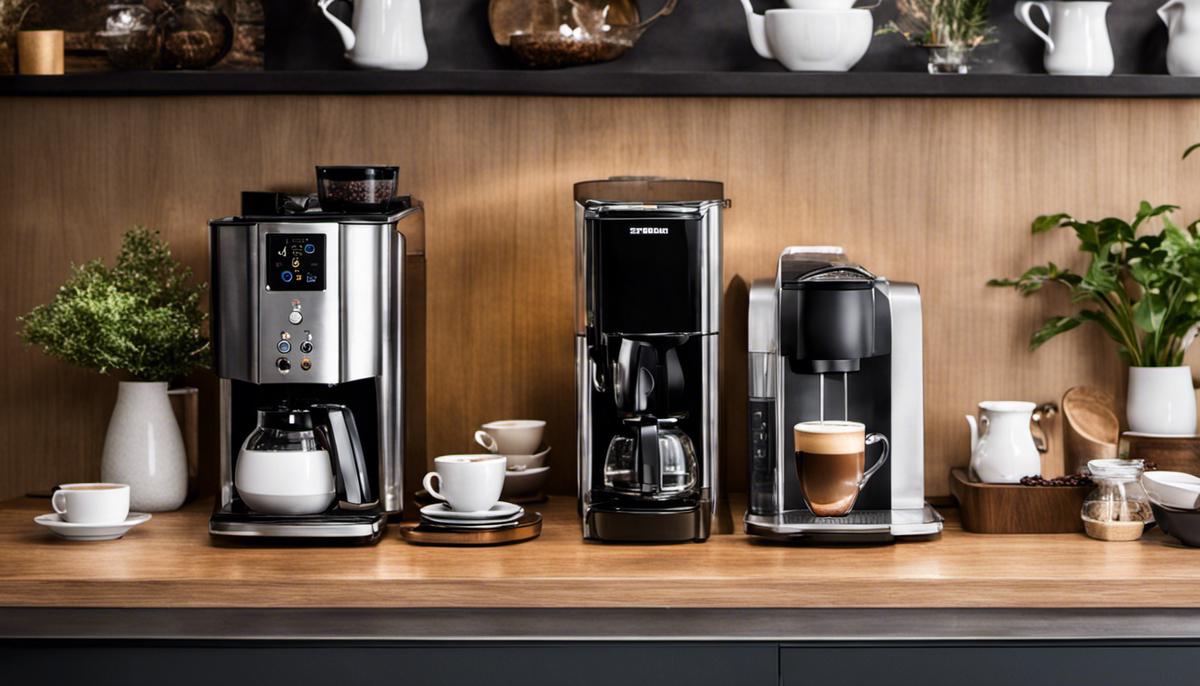
Buying Guide
How to Pick the Right Coffee Maker : Important Factors
When selecting a coffee machine, the brewing capacity is a significant consideration. Think about how many coffee drinkers share a household to establish the appropriate size. Compact, single-serve brewers are perfect for individuals living alone or for those who appreciate a fresh cup each time. Conversely, for households with several caffein enthusiasts or for people who often entertain guests, large-scale models which brew 10-12 cups at once are ideal.
It’s equally important to regard the cleaning process. Even though some models have chic, modern designs, they may be difficult to maintain. Coffee machines that are simple to clean usually involve dishwasher-safe components and uncomplicated assembly. Bear in mind, nothing breeds a better-tasting coffee than a clean machine.
Coffee Maker Features: Enhancing the Coffee Experience
Many coffee makers come with additional features that go beyond the basic brew function. For instance, some models include built-in grinders for fresh ground beans at the touch of a button, while others offer programmable timers to enable the brewing process to begin automatically at a designated time. Strength control is another valuable feature, allowing the user to control the intensity of the brew. These extras can significantly enhance the coffee-making experience, making them worthwhile considerations when choosing a coffee machine.
Price and Warranty Details
Price is always a fundamental factor when purchasing a coffee maker. Higher-priced models often come with extra features, more durable materials, or reputable brand backing. However, there are also plenty of budget-friendly options that still deliver a quality cup of coffee.
Alongside price, the warranty offers a safety net for the purchase. Products from reputable brands often come with a warranty. A warranty of at least 1 year is recommendable, providing peace of mind and protecting against unexpected repair costs.
Choosing the Perfect Coffee Maker
Selecting the ideal coffee maker for your needs takes careful thought and consideration. It’s crucial to take into account your personal coffee requirements and preferences. Factors such as the brewing capacity and convenience of cleaning should be pondered upon. Additionally, consider if the cost of extra features is compensated by an enhanced coffee-drinking experience. Lastly, weigh the cost of the coffee maker against the added reassurance a warranty provides. By balancing all these aspects, you’ll likely discover the coffee maker best suited to satisfy both your lifestyle needs and coffee desires.
Maintenance and Care
Proper Care for Coffee Makers: Not an Option, but a Requirement
It’s important to understand that for your coffee maker to last long and function at its best, regular cleaning and maintenance are not just beneficial, but necessary. Just like with any other appliance, your coffee maker’s performance will notably enhance with consistent care and attention.
To maintain top performance, coffee makers should ideally be cleaned once a month. This helps remove the accumulation of oils, grounds, and hard water mineral deposits. Ignoring this crucial step can lead to your machine brewing coffee that offers an unpleasant or bitter taste. Furthermore, neglect can also impinge on the device’s brewing efficiency.
Cleaning Techniques and Products
To start with, you should always clean all coffee maker parts that come in contact with coffee grounds or water after each use. This includes the carafe, the brew basket, and any reusable filters. They can often be cleaned using warm soapy water or can be put into the dishwasher if they are dishwasher-safe.
For a thorough monthly cleaning, you can use a specialized coffee maker cleaner or you can utilize a homemade solution of equal parts vinegar and water. Run the solution through a brewing cycle, then follow up with a few cycles of clean water to rinse out any residue or lingering vinegar taste.
To clean any external parts, use a soft damp cloth. Avoid using abrasive cleaners or pads as they may scratch the surface.
Water Hardness and Descaling
Water hardness can affect the cleanliness and functionality of your coffee maker. High mineral content in water can cause calcium deposits or scale to build up in your machine, potentially harming its performance. To combat this, consider using filtered or bottled water, or descale your machine regularly.
Troubleshooting Common Issues
When your coffee maker doesn’t function as it should, it’s worth trying a few troubleshooting steps before seeking professional help or considering a replacement.
If your coffee maker is not brewing coffee, check to see if it’s plugged in and that the water reservoir is filled. The brew button or switch should be correctly engaged in order for the machine to start.
If the coffee tastes bad, the cause could be a dirty machine, poor-quality coffee beans, or a faulty brewing process. The water temperature should be between 195 to 205 degrees Fahrenheit for optimal extraction.
Surprisingly, many issues can be resolved by thorough cleaning. This includes problems as diverse as the machine not turning on, coffee brewing slowly, or the coffee maker producing too much steam.
For more complex issues or if the above solutions don’t resolve the problem, it might be best to consult the user’s manual or contact the manufacturer support.
The secret to maintaining a durable and efficient coffee maker comes down to regular maintenance and meticulous care.
Skills and Techniques
Determining the Ideal Water Temperature for Brewing Coffee
The best temperature for brewing coffee can be found within the range of 195 to 205 degrees Fahrenheit. Over-heating the water can result in over-extraction of coffee, causing a harsh and bitter taste. On the other hand, a cooler water temperature can lead to under-extraction, yielding a weak and underwhelming flavor. Many high-quality brewing systems empower you to adjust the water temperature accurately, allowing the brewing process to always be within the perfect range. But for those machines where precise temperature modulations aren’t possible, it’s advisable to wait for the boiled water to drop a few degrees before initiating the brewing process.
Insights into Grinding Beans
The size of the coffee grind significantly influences the flavor of your brew due to its impact on extraction during the brewing process. Finer grinds expose more coffee surface area to water and tend to extract faster, while coarser grinds do the opposite. The best grind size primarily depends on your brewing method. For espresso and stove-top coffee makers, a fine grind is recommended. For drip coffee makers and pour-over coffee methods, a medium grind is best. For French press and cold brew methods, a coarse grind is ideal. High-end coffee makers often come with built-in grinders of high quality, lending themselves to greater precision and consistency in grind size.
Why Brewing Time Matters
Every method of brewing coffee has a specific time frame optimal for extraction that produces the intended flavor. Over brewing or under brewing coffee can lead to a subpar taste. For instance, French press coffee needs approximately 4 minutes for the optimal extraction, while espresso taken from high-end home espresso machines should ideally be brewed for 20 to 30 seconds. In drip coffee makers, the contact time should be approximately five minutes. If your coffee tastes too strong or too weak, considering adjusting your brewing time. Better coffee makers typically offer a pre-infusion or ‘bloom’ mode that wets the coffee grounds before the actual brewing process begins, ensuring a better extraction and a superior cup of coffee.
Mastering Brewing Techniques for Better Coffee
Learning to control the variables in the brewing process – water temperature, grind size, brewing time – is critical to producing a high-quality cup of coffee. Keeping your tools clean, using fresh, high-quality beans, and refining your brewing technique based on your taste preferences are all part of enhancing your coffee brewing experience. Advanced coffee makers featuring programmable settings and offering fine control over these crucial variables can help you master these brewing techniques, leading to the perfect cup every time.
Coffeemakers and their Performance
Great coffee makers strive to accomplish perfect harmony between water temperature, grind size, and brew time. High-end models provide precise control over these variables, making it easier for the user to brew a quality coffee. Whether it’s a French press, espresso machine, or a drip-style coffee maker, understanding each of these elements and how they affect the final product is key. Therefore, when purchasing a coffee maker, it’s beneficial to focus on the models that promise this degree of control and versatility.
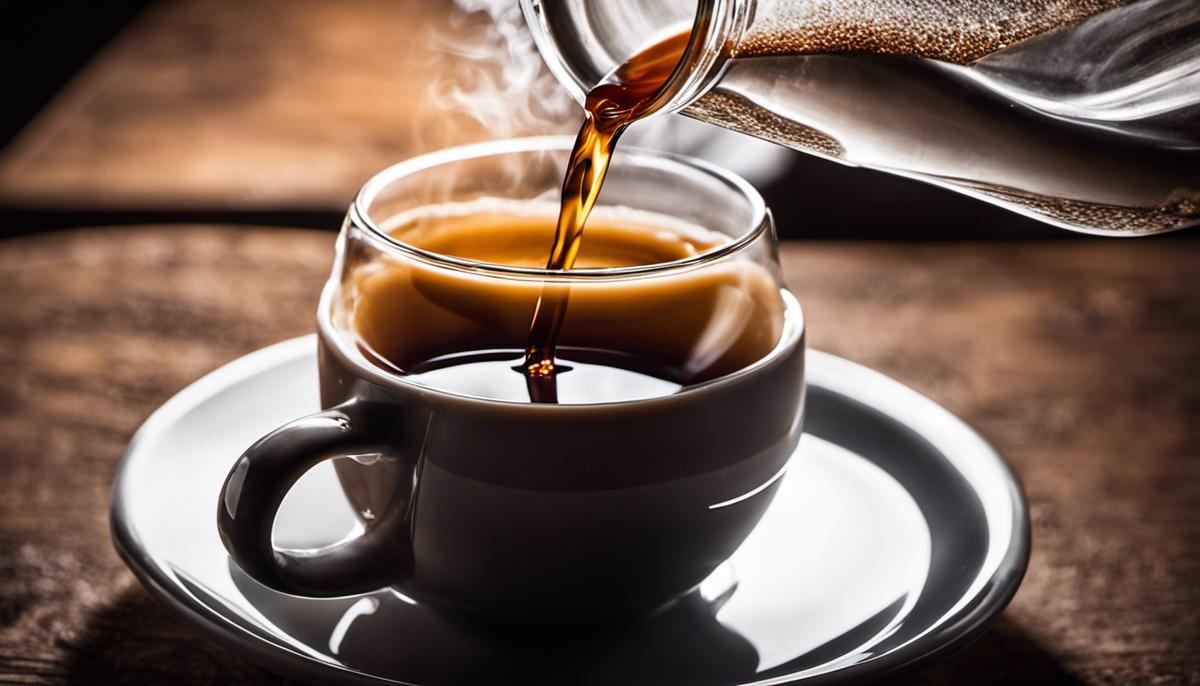
In Closing
After delving into the vast world of coffee machines, you should feel equipped and confident to embark on the journey to your perfect cup. Remember, it isn’t just about the machine you choose. Consider the factors outlined in the buying guide, maintain your machine well, and continuously improve your brewing skills. You’ll find that investing time and care into this process can significantly enhance not just the taste of your coffee, but your overall brewing experience as well. Here’s to many warm, inviting cups of coffee in your future!




